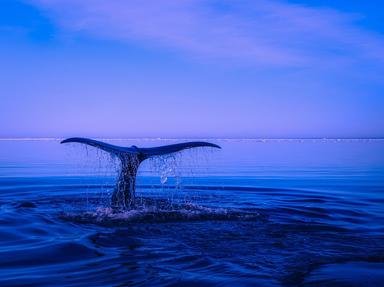
Second on the Right Trivia Quiz
Who Sighted the Oceanic Nations First
...you will see the Gilbert Islands, or is that the Ellice Islands? With the abundance of islands in Oceania, it wouldn't have been difficult to imagine captains making this error. This quiz looks at these islands and which European got there first.
A classification quiz
by pollucci19.
Estimated time: 3 mins.
- Home
- »
- Quizzes
- »
- History Trivia
- »
- Oceania